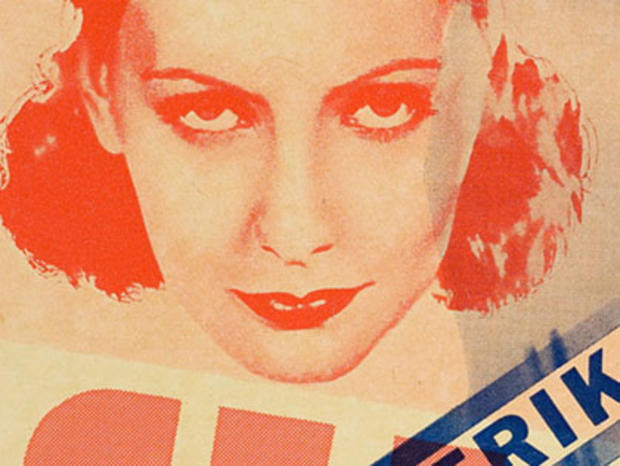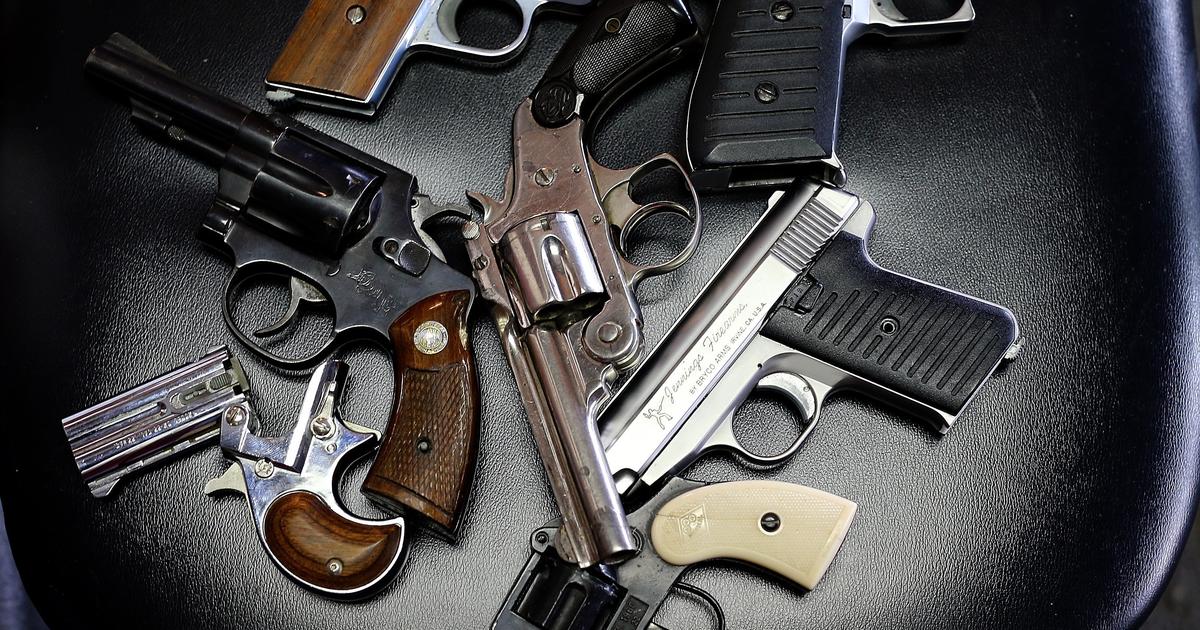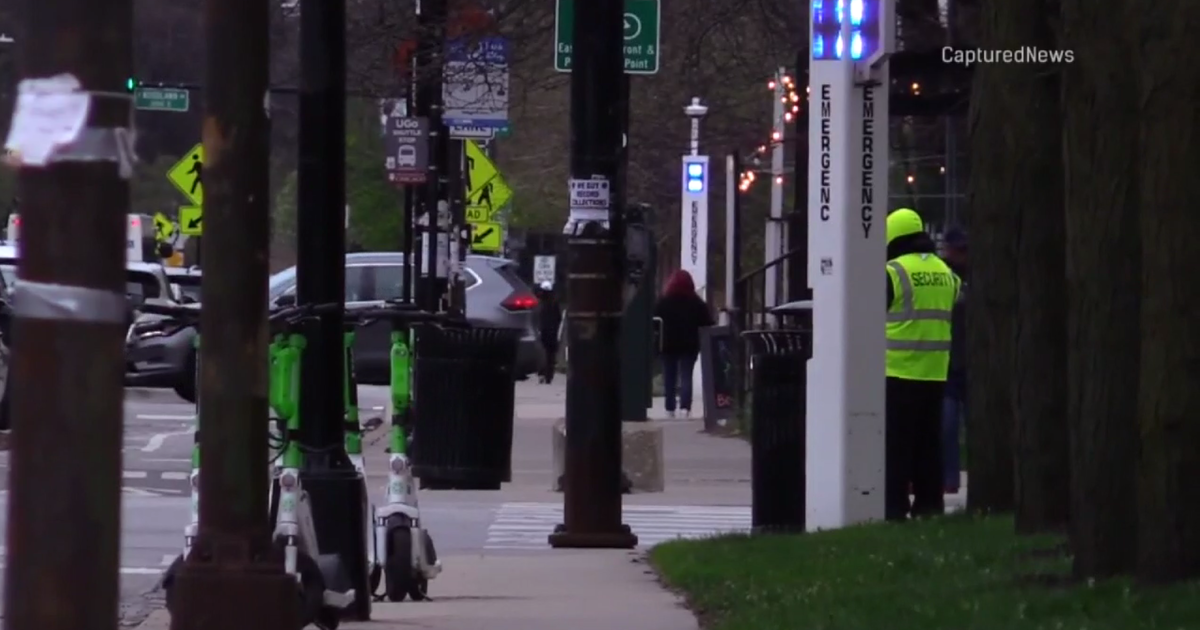Avant-Garde Art In Everyday Life
Art Institute of Chicago
111 South Michigan Avenue
Chicago, IL
(312) 443-3600
Mon–Wed, 10:30am–5pm
Thur, 10:30 a.m.–8 p.m.
Fri–Sun, 10:30 a.m.– 5 p.m.
www.artic.edu
When you sit at a computer all day, cool graphic design, photo-montages and manipulated images are nothing new. But when artists from Central and Eastern Europe decided in the early 20th century to apply modernist sensibilities to everyday objects, it was groundbreaking. Avant-Garde Art in Everyday Life, which runs through October 9 at the Art Institute of Chicago, features works by six innovative artists: Piet Zwart, Ladislav Sutnar, Karel Teige, El Lissitzky, Gustav Klutsis and John Heartfield. The nearly 300 works on display include photographs, books, posters and glassware that explore how the artists brought art into the mainstream.
The artists, who considered themselves designers, sought inspiration from the world around them - film, architecture, sports, industry, politics and mass media all found their way into posters and advertisements. While each of the artists has his own vision, together their works demonstrate a shift in early 20th century European design—from painterly to industrial—and provide a direct path to present day artistic modes.
The show opens with glassware by Zwart. The lemon yellow pressed glass tea service, designed by Hendrik Petrus Berlage and Zwart for the Leerdam Glass Factory c. 1924, is a beautiful example of what happens when design meets function. The 18-piece set features plates, cups, saucers, a teapot and sugar bowl, all with strong angles. Zwart, a Dutch industrial designer, also gave an artistic overhaul to practical items like calendars and stationery.
Much of the work has a strong political bent and Soviet propagandist Klutsis and Teige, the leader of the Czech avant-garde, were ultimately killed in Stalinist purges. Heartfield, a German, pioneered photo-montage and was outspoken against Fascism. His The Hand Has Five Fingers (1928), a lithograph of a hand on ivory wove paper, was a well-known poster that supported the Communist party. Heartfield, who studied graphic arts and worked briefly in animated film, also designed covers for left-wing novels published by his brother Wieland's company, Malik Press. Hands also appear in Klutsis' Worker Men and Women: Everyone Vote in the Soviet Elections from 1930. A large image of his own hand is overlaid with many smaller hands and the heads of leaders of the Soviet state.
Overall, the show presents a vast swath of media at one of its most compelling times. The intersection of art and politics brings to mind the logos and images that modern day campaigns present. The displays of artful book jackets are similar to the heavily designed book covers that we find today. The visually compelling works are a reminder that art has many purposes, and that spreading information and making a political statement are among them.






